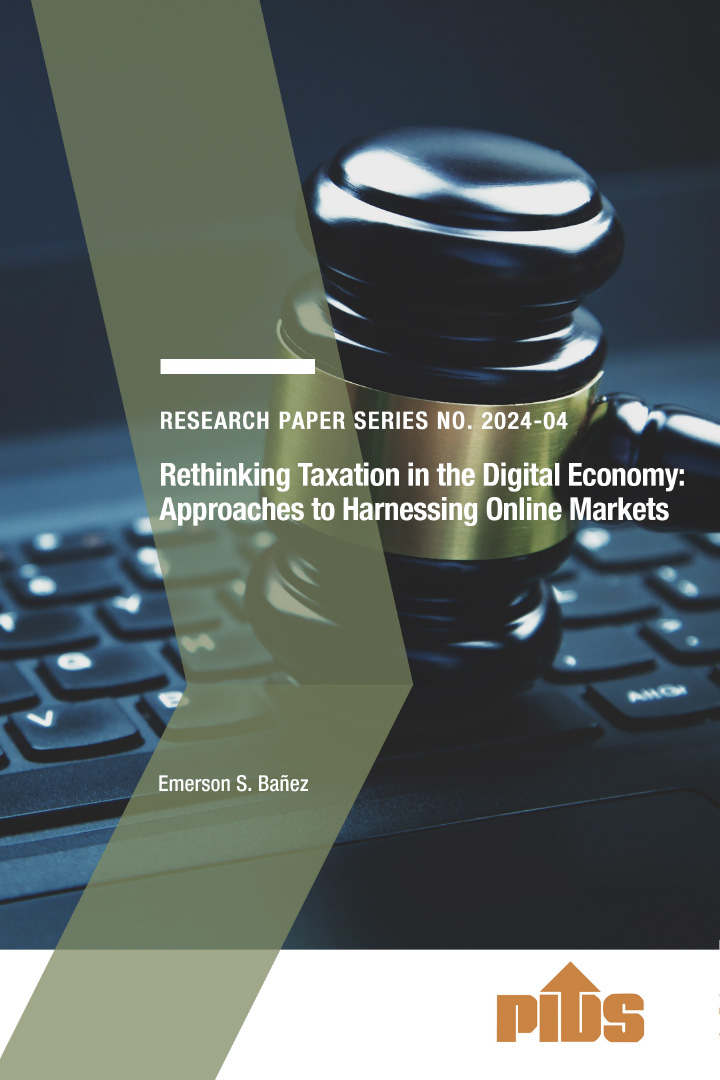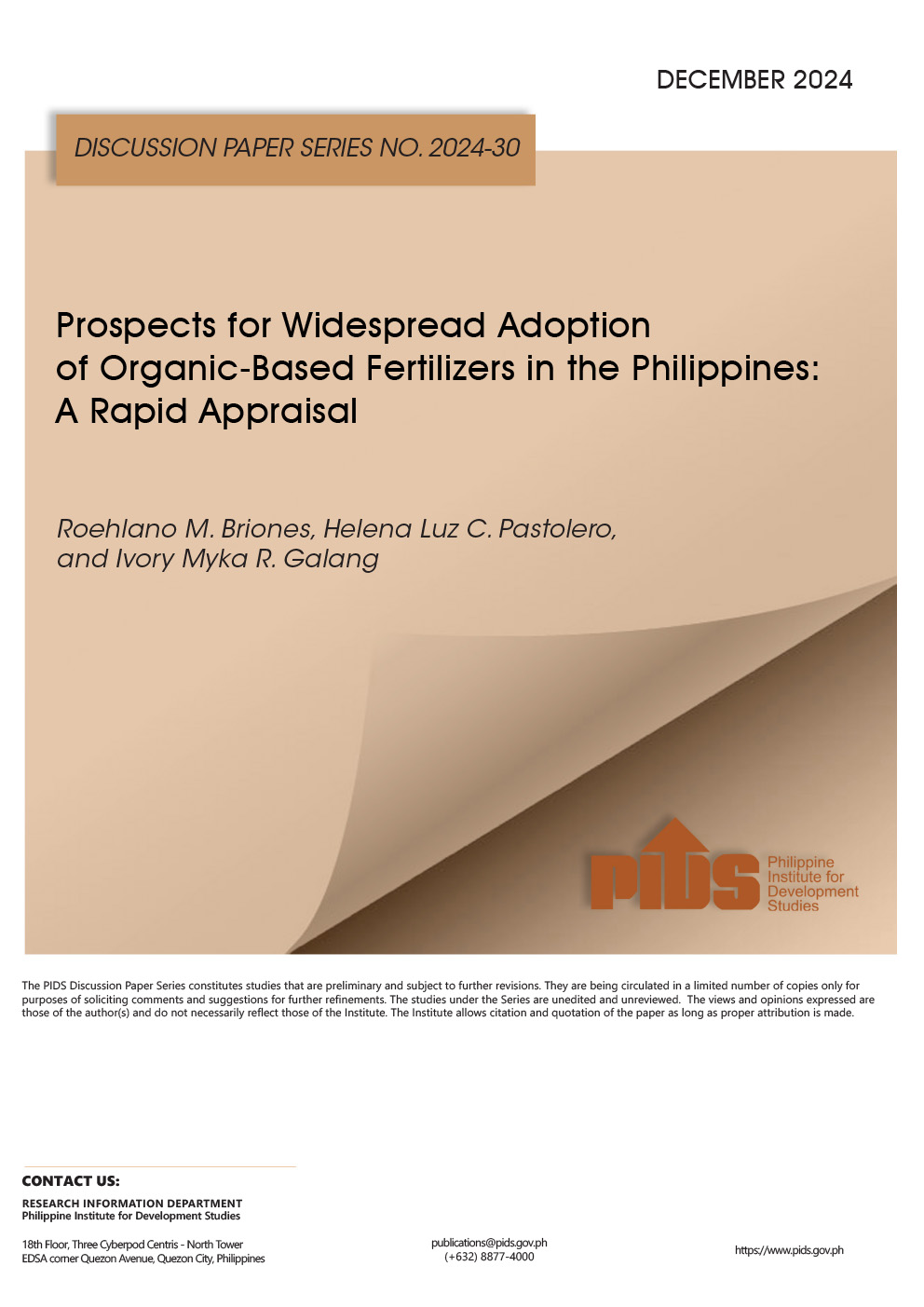PRESIDENT Rodrigo Duterte has signed an order extending the quota on imported rice for three more years, heeding the recommendation of the National Economic and Development Authority and the Agriculture department despite longstanding calls to remove quantitative restrictions (QR) on the staple.
Executive Order 23, signed by Duterte on April 27 but released by the Palace only on Monday, also extended the effectivity of tariffs on a number of agricultural products.
The Philippines had secured permission from the World Trade Organization (WTO) to impose quotas on rice imports, to protect Filipino farmers, only until June 30.
Under the new EO, the quota under the Minimum Access Volume scheme remains at 805,200 metric tons. The in-quota tariff was also kept at 35 percent. Outside the quota, the tariff is 40 percent.
Economists, including those from the state-run Philippine Institute for Development Studies, have long called for the removal of rice quotas to comply with WTO rules, and also to remove corruption at the National Food Authority, the state monopoly on grains importation.
But Agriculture Secretary Emmanuel Piñol in December called for at least a two-year extension, saying Filipino farmers were not prepared for an influx of cheap rice imports.
Usually, however, negotiations with affected rice-exporting countries take place before the rice quota is extended.<
The Philippines had earlier granted greater market access – not limited to rice – to countries affected by the previous extension of the special treatment on rice. In exchange for the QR extension, Manila offered other rice-producing countries certain trade concessions, such as greater access to the Philippine market for other products.
Without the extension, tariff rates will revert to higher levels and the MAV for rice will revert to the original 350,000 MT.
Duterte also signed EO 20 modifying the nomenclature and rates of import duty on various products under Section 1611 of the Customs Modernization and Tariff Act.
There is a need to ensure that the high economic growth currently being enjoyed by the country is sustainable and inclusive, and will benefit future generations of Filipinos,” Duterte said in the EO.
It is the policy of government to create an enabling environment for the growth and international competitiveness of Philippine industries that will create and preserved employment opportunities and increase incomes,” he added.
The new EO states that a new multi-year tariff schedule will promote transparency and stability, facilitate trade and enhance consumer welfare.
Executive Order 23, signed by Duterte on April 27 but released by the Palace only on Monday, also extended the effectivity of tariffs on a number of agricultural products.
The Philippines had secured permission from the World Trade Organization (WTO) to impose quotas on rice imports, to protect Filipino farmers, only until June 30.
Under the new EO, the quota under the Minimum Access Volume scheme remains at 805,200 metric tons. The in-quota tariff was also kept at 35 percent. Outside the quota, the tariff is 40 percent.
Economists, including those from the state-run Philippine Institute for Development Studies, have long called for the removal of rice quotas to comply with WTO rules, and also to remove corruption at the National Food Authority, the state monopoly on grains importation.
But Agriculture Secretary Emmanuel Piñol in December called for at least a two-year extension, saying Filipino farmers were not prepared for an influx of cheap rice imports.
Usually, however, negotiations with affected rice-exporting countries take place before the rice quota is extended.<
The Philippines had earlier granted greater market access – not limited to rice – to countries affected by the previous extension of the special treatment on rice. In exchange for the QR extension, Manila offered other rice-producing countries certain trade concessions, such as greater access to the Philippine market for other products.
Without the extension, tariff rates will revert to higher levels and the MAV for rice will revert to the original 350,000 MT.
Duterte also signed EO 20 modifying the nomenclature and rates of import duty on various products under Section 1611 of the Customs Modernization and Tariff Act.
There is a need to ensure that the high economic growth currently being enjoyed by the country is sustainable and inclusive, and will benefit future generations of Filipinos,” Duterte said in the EO.
It is the policy of government to create an enabling environment for the growth and international competitiveness of Philippine industries that will create and preserved employment opportunities and increase incomes,” he added.
The new EO states that a new multi-year tariff schedule will promote transparency and stability, facilitate trade and enhance consumer welfare.












